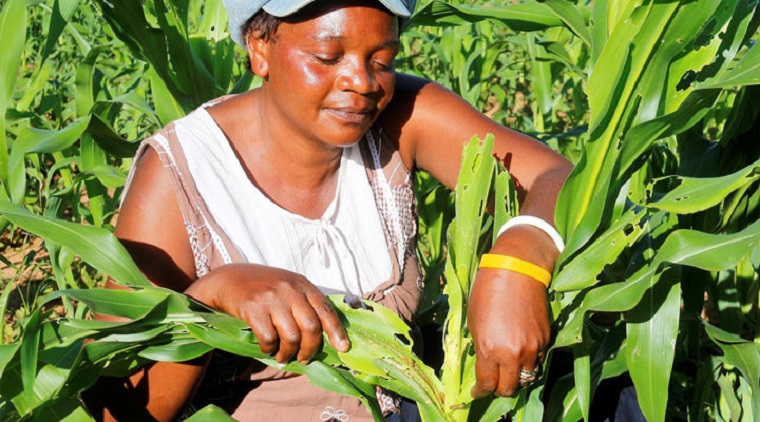More than a tenth of Zimbabwe’s current maize crop is under threat from a fall armyworm infestation that has affected at least seven countries in the southern African region, the United Nations’ Food and Agricultural Organisation has said.
Zimbabwe, a regional bread basket turned perennial food importer, has planted 1.2 million hectares of the staple maize in the 2016/17 farming season, with the country receiving above normal rains.
But hopes of a return to surplus are under serious threat from the armyworm.
Statistics provided by FAO at the end of a three-day regional emergency meeting held in Harare to forge a multinational response showed Zimbabwe as being the worst-hit by the armyworm outbreak.
Sixteen states from eastern and southern Africa were represented at the conference.
“Zambia has reported that almost 90 000 hectares of maize have been affected, forcing farmers to replant their crops.
“In Malawi some 17 000 hectares have so far been affected while in Namibia, approximately 50 000 hectares of maize and millet has been damaged and in Zimbabwe up to 130 000 hectares could be affected thus far,” FAO said in a statement at the end of the regional meeting.
David Phiri, FAO sub-regional co-ordinator for southern Africa, said the armyworm was a new, costly threat to the region’s food security.
“Fall armyworm, which is mostly associated with the Americas, is a new threat in Southern Africa and we are very concerned with the emergence, intensity and spread of the pest,” Phiri told the conference.
“It is only a matter of time before most of the region will be affected, and the costs and implications of this are very serious, as seen in places where fall armyworm is endemic such as Brazil, where the government spends in excess of $600 million each year to try to control infestations.”
FAO said it has started the process of procuring pheromone insect traps used to capture armyworm.
Continued next page
(84 VIEWS)
